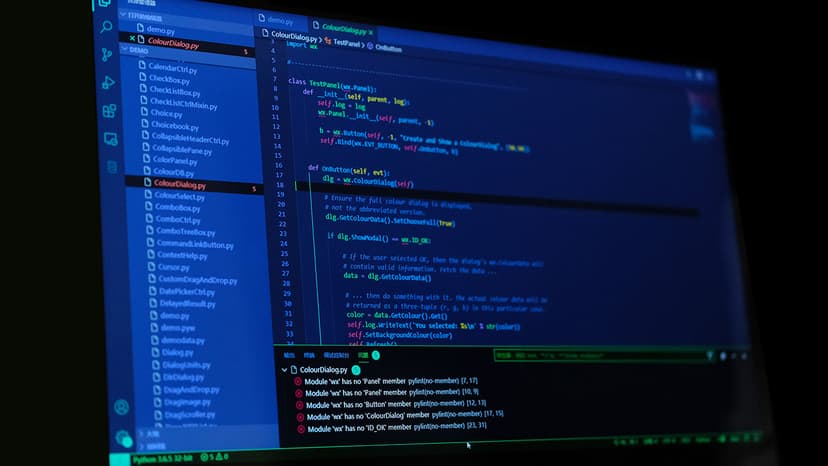Unraveling the Mystery of JavaScript Objects
As a JavaScript developer, you must have encountered the concept of JavaScript objects multiple times in your coding journey. Objects are a fundamental part of JavaScript, allowing you to store and manipulate data in a structured way. Despite their importance, many developers still find themselves puzzled by the intricacies of working with JavaScript objects. Let's break down this complex topic and shed some light on the mysteries surrounding JavaScript objects.
What Are JavaScript Objects?
At its core, a JavaScript object is a collection of key-value pairs where each key is a string (or symbol) and each value can be of any data type, including objects themselves, functions, and arrays. Objects in JavaScript are versatile and can represent various entities, from real-world objects to abstract data structures.
Here's a simple example of a JavaScript object representing a person:
Javascript
In this example, person is an object with properties such as firstName, lastName, age, isDeveloper, and sayHello, which is a method that returns a greeting based on the object's properties.
Accessing Object Properties
Accessing the properties of a JavaScript object is done using either dot notation or bracket notation. Dot notation is commonly used when you know the property name at the time of coding, while bracket notation is useful when the property name is dynamic or stored in a variable.
Using dot notation:
Javascript
Using bracket notation:
Javascript
Creating Objects in Different Ways
JavaScript provides multiple ways to create objects. The most common methods include object literal syntax, the Object() constructor, and ES6 classes.
Object Literal Syntax:
Javascript
Object Constructor:
Javascript
ES6 Classes:
Javascript
Modifying and Adding Properties
Objects in JavaScript are mutable, meaning you can modify and add properties to an object even after its creation.
Javascript
Removing Properties
To remove a property from a JavaScript object, you can use the delete operator.
Javascript
Object Methods
In addition to storing data, JavaScript objects can also contain functions, known as methods. Methods encapsulate functionality related to the object they belong to.
Javascript
Iterating Over Object Properties
To loop through the properties of a JavaScript object, you can use for...in loop or Object.keys() method.
Using for...in loop:
Javascript
Using Object.keys():
Javascript
Object Prototypes and Inheritance
JavaScript is a prototypal inheritance language, meaning that objects can inherit properties and methods from a prototype. This allows for code reusability and supports the concept of inheritance.
Javascript
JSON and Object Serialization
JSON (JavaScript Object Notation) is a popular data interchange format that is based on the syntax of JavaScript objects. Objects in JavaScript can easily be converted to JSON strings using the JSON.stringify() method.
Javascript
Object Destructuring
Object destructuring is a powerful feature introduced in ES6 that allows you to extract multiple properties from an object and assign them to variables in a concise way.
Javascript
When to Use Objects
JavaScript objects are versatile and can be used in various scenarios, such as representing real-world entities, organizing data, modeling complex relationships, and much more. Understanding how to work with objects effectively is essential for mastering JavaScript development.
JavaScript objects are the building blocks of JavaScript programming. By grasping their concepts and mastering their usage, you can unlock endless possibilities in your coding endeavors.












